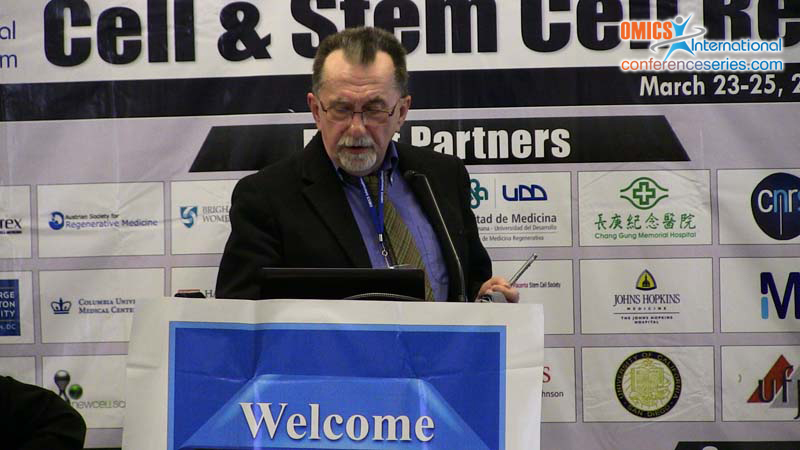
Michal K. Stachowiak
State University of New York, USA
Title: Evidence based theory for an integrated genome regulation in ontogeny and its potential therapeutic targeting
Biography
Biography: Michal K. Stachowiak
Abstract
The advent of multicellular mechanisms required an imposition of new controls over the natural propensity of single cell organisms to proliferate, invade new niches and transmit their genetic material. A strict dominion over the cell proliferation, migration and differentiation had been imposed so that the complex tissues and organs may be formed. The construction of the metazoan body engages myriads of genes and gene–controlling transcription factors (TFs). Their actions need to be coordinated in the context of 3D chromatin structure to ensure programmatic realization of the genetic blueprint. How such an immense task is accomplished remains largely unknown. Our studies have revealed a pan-ontogenic gene regulation mechanism, Integrative Nuclear FGFR1 Signaling (INFS), which controls pluripotency, cell cycle and differentiation programs. At its center are proteins that bear the historic name of Fibroblast Growth Factors (FGF) and FGF receptors (FGFR). Neither FGFs nor FGFRs exist in single-cell organisms, but are common to eumetazoans and key for the generation of specialized tissues. Gene ablation experiments demonstrated that mammalian fgfr1 and its invertebrate orthologs are essential for early gastrulation, development of mesodermal somites, nervous system (etc.), by affecting “master” genes of various ontogenic networks including Notch, Wnt, Hox, SOX, (etc.), and microRNAs. FGFs have emerged during early metazoan evolution equipped with nuclear localization signals (NLS), acting as nuclear proteins. Various members of the mammalian FGFs family retained NLS, likewise, individual FGFR (i.e. FGFR1) have structural adaptations that allow an accumulation and action directly in the cell nucleus. Most recently, RNAseq and ChIPseq have delineated a global and direct gene programing by nFGFR1, ensuring that pluripotent embryonic stem cells (ESCs) develop into multipotent neural progenitor cells (NPCs) and their further differentiation. nFGFR1 alone, and with its partner RXR and orphan receptors, targets promoters of thousands of genes, and forms multi-gene chromatin topological domains and controls the expression of pluripotency, cell cycle, ectodermal, morphogenic, neuronal, and mesodermal genes [6]. nFGFR1 targets genes in major developmental pathways and consensus sequences of TFs encoded by nFGFR1 targeted genes. nFGFR1 targets miRNA genes as well as DNA insulator sequences and is involved in active topological chromatin domains (multi-gene transcription hubs). These findings define previously unknown global and hierarchical genome control, which enables ontogeny and offers a new perspective on developmental disorders, cancer and their treatments. Such strategies may involve gene transfer-based and pharmacological re-activation of INFS to restore developmental-like neurogenesis in the adult brain.
Speaker Presentations
Speaker PPTs Click Here


